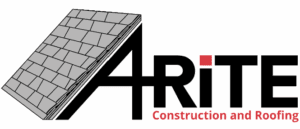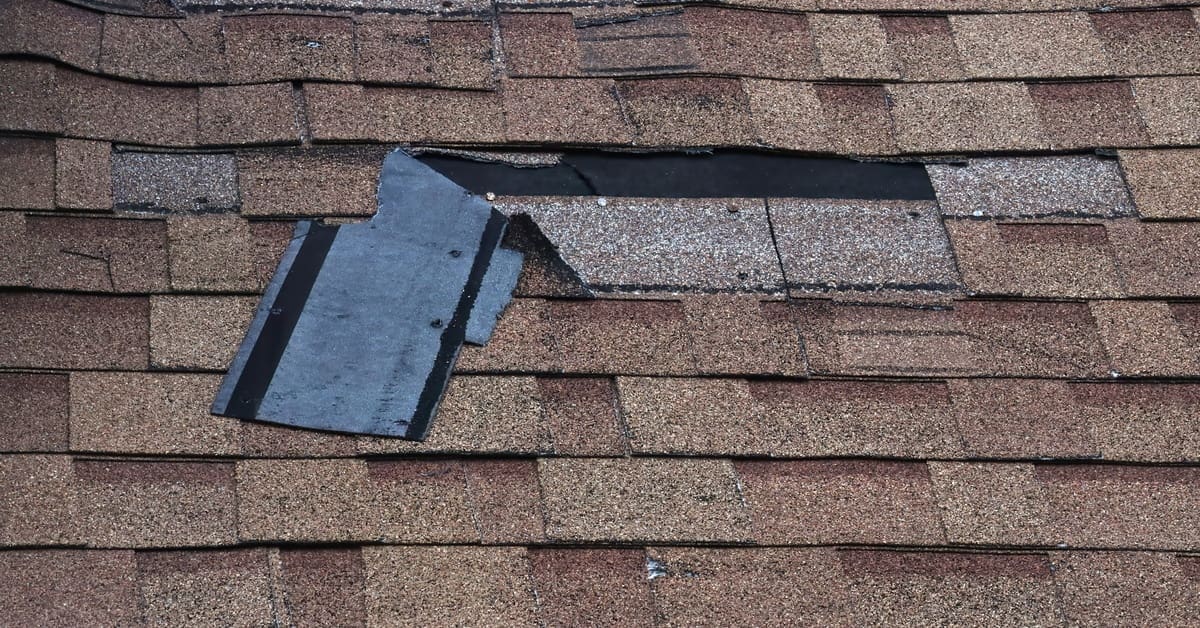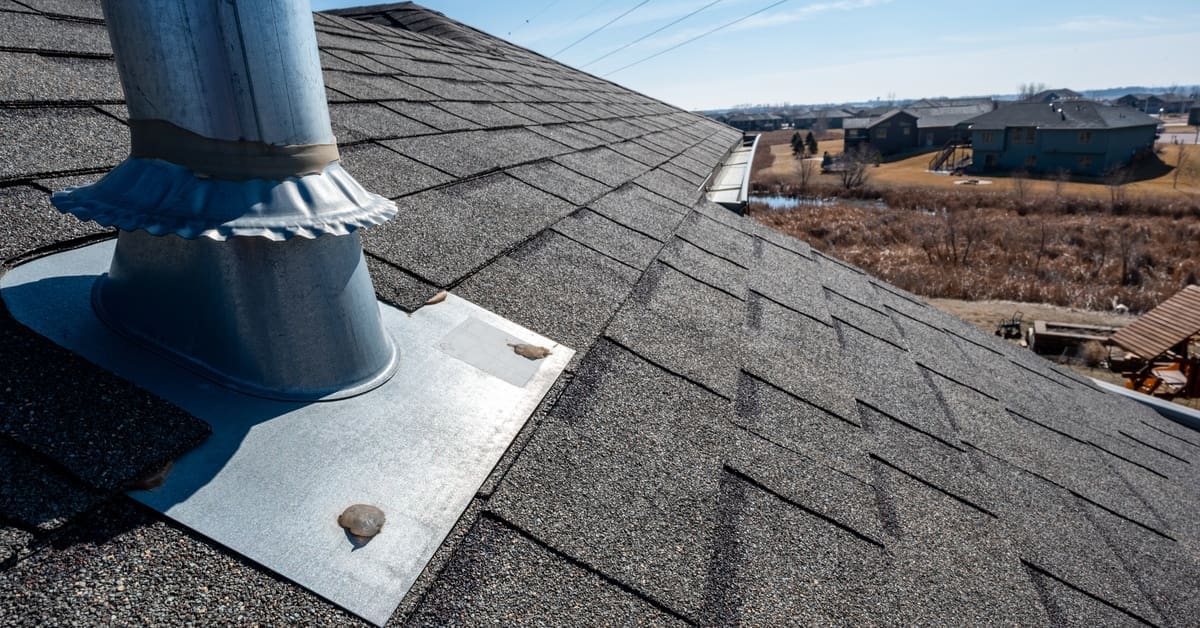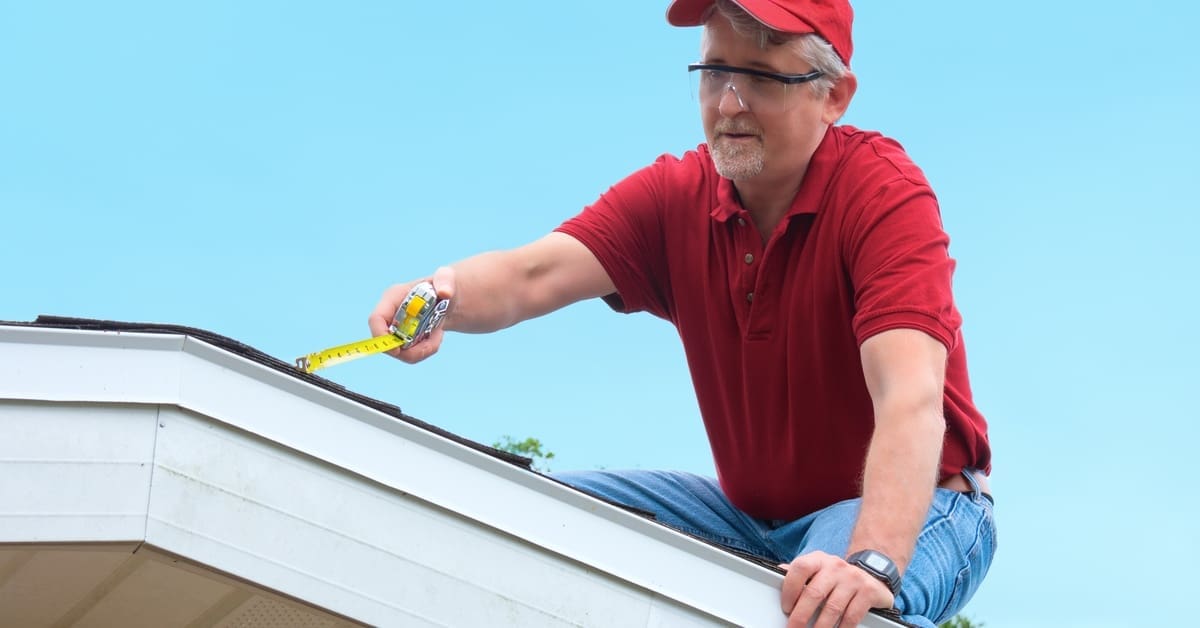When it comes to maintaining your home, few things are as crucial as a solid and functional roof. However, some homeowners consider roofing over existing shingles to save money and reduce labor. While this approach may seem convenient, its risks outweigh the short-term benefits. Explore why you shouldn’t roof over existing shingles and instead choose a full roof replacement for long-term safety, performance, and peace of mind.
Understanding Roofing Layers
A single layer of shingles is a cohesive, weather-resistant barrier against rain, snow, and other elements. This layer is engineered for optimal performance within an underlayment, flashing, and ventilation system. Adding another layer on top of the first disrupts the precise balance of this system.
Some may see additional layers of shingles as a definitive solution that covers up exposed patches of the leak barrier beneath, but this does more harm than good. The extra layer’s weight and uneven surface reduce the roof’s functionality, making it more susceptible to wear and tear. Over time, this compromise undermines the purpose of having a strong, durable roof.

Structural Concerns With Additional Layers
Roofing over existing shingles seriously strains your home’s roof structure. Each layer of shingles adds weight that the rafters and framing weren’t designed to support indefinitely. Over time, this excessive load causes sagging, cracks, or even structural failure in severe cases. These issues may not be immediately noticeable but will escalate into costly repairs if left unchecked. Prioritizing structural integrity by removing old shingles ensures that your roof can safely bear its load for years.
Impact on Roof Longevity
One of the most critical drawbacks of roofing over existing shingles is its effect on the lifespan of your new roof. Additional layers trap heat between the shingles, creating a “heat island” effect that speeds up the deterioration of roofing materials.
This trapped heat causes the new shingles to age prematurely, reducing their effectiveness and lifespan. During seasons such as fall or spring, the cooler temperatures may combine with the trapped heat to create the conditions needed for mold growth. Removing the old layer and starting fresh allows the roof to perform as intended and maintain durability over its full warranty period.
Hindrance to Problem Identification
Roofing over existing shingles makes it nearly impossible to detect underlying issues, such as leaks, rot, or other damage. These problems worsen out of sight, spreading further across the roof deck and causing more complications.
When the roof is eventually inspected or repaired, these neglected issues will likely require more extensive work than if you had addressed them earlier. Removing old shingles means that every layer of your roof gets the attention it needs to stay in top condition.
Reduced Energy Efficiency
Adding multiple layers of shingles negatively impacts your home’s energy efficiency. Extra layers trap heat in the attic, disrupting ventilation and causing higher indoor temperatures during warmer months. The rate of heat retention forces your air-conditioning to work harder, increasing energy bills. Removing old shingles allows for better ventilation and helps maintain an energy-efficient home, reducing costs and keeping indoor spaces comfortable year-round.
Impact on Aesthetics
Beyond functionality, roofing over existing shingles also impacts your home’s appearance. Additional layers create an uneven surface, leading to a bumpy or irregular look that detracts from curb appeal. Properly shaping edges and aligning shingles becomes more challenging with multiple layers, resulting in a less polished finish. A single-layer replacement ensures a sleek, even roof that enhances your home’s exterior appearance.
Challenges During Future Repairs
Roofing over existing shingles may seem like an easy fix today, but you’re creating more challenges for repairs tomorrow. Accessing damage underneath layers of shingles becomes harder, as contracted roofers need to rip up the extra layers to reach the original shingles, leading to longer, more labor-intensive repair jobs.
For the sake of the roofers (and your wallet), you shouldn’t roof over existing shingles. The increased complexity often comes with higher costs for homeowners. Starting with a clean slate during replacement simplifies repair processes and saves potential headaches.
Legal and Building Code Restrictions
Many local building codes limit the number of shingle layers a roof may support. Wisconsin has regulations limiting how many layers of roofing each building may have, capping it at two. Exceeding these restrictions creates legal and compliance issues, exposing you to liability concerns.
Long-Term Cost Implications
While roofing over existing shingles may seem like an economical choice initially, it leads to higher expenses in the long run. Multiple layers increase the cost and difficulty of removal when it’s time to reroof again.
Additionally, addressing hidden structural issues or water damage becomes more expensive if not detected early. Investing in a full roof replacement now saves you from compounding costs and unforeseen challenges later.
Warranty Implications
Roofing over existing shingles often voids the warranty provided by professional roofing services, as most warranties stipulate that the roof requires installation on a clean and prepared surface. By layering new shingles over old ones, underlying issues such as water damage, mold, or deteriorated materials are left unaddressed, potentially compromising the structural integrity of the new installation. This potential issue undermines the reliability of the roof and leaves homeowners without the protection of a valid warranty, which covers repair or replacement costs in the event of future problems.
Moisture Concerns
One of the biggest risks of layering shingles is the increased likelihood of moisture entrapment. Water seeps between layers, especially broken seals from a roof depression, creating the perfect breeding ground for rot, mold, and mildew.
This moisture accelerates roof decay and spreads to other areas of the property, such as walls and ceilings, leading to costly repairs. Installing a single layer of shingles eliminates these risks, as your home will have a watertight system.

Insurance Considerations
Roofing over existing shingles might have implications for your homeowner’s insurance as well. Many policies require roofs to meet specific standards, and violations can lead to denied claims or reduced coverage. Insurers may not cover repairs if structural damage or moisture issues arise due to multiple shingle layers. Safeguard your coverage by adhering to best practices and prioritizing proper roof installation.
When it comes to roofing projects, cutting corners has long-term consequences. While roofing over existing shingles may seem like a quick fix, the risks far outweigh the benefits. A proper roof replacement provides structural integrity, durability, and long-term cost savings.
Consult A-Rite Construction and Roofing to discuss your options and keep your home safe, efficient, and beautiful for years to come. As a professional roofing company, we have extensive experience with modern roofing maintenance, as seen in services from our GAF Master Elite roofing contractors, who use up-to-date materials and technology. Professional expertise also reduces the risk of structural damage, water infiltration, or other issues when roofing over existing shingles. Reach out today!



